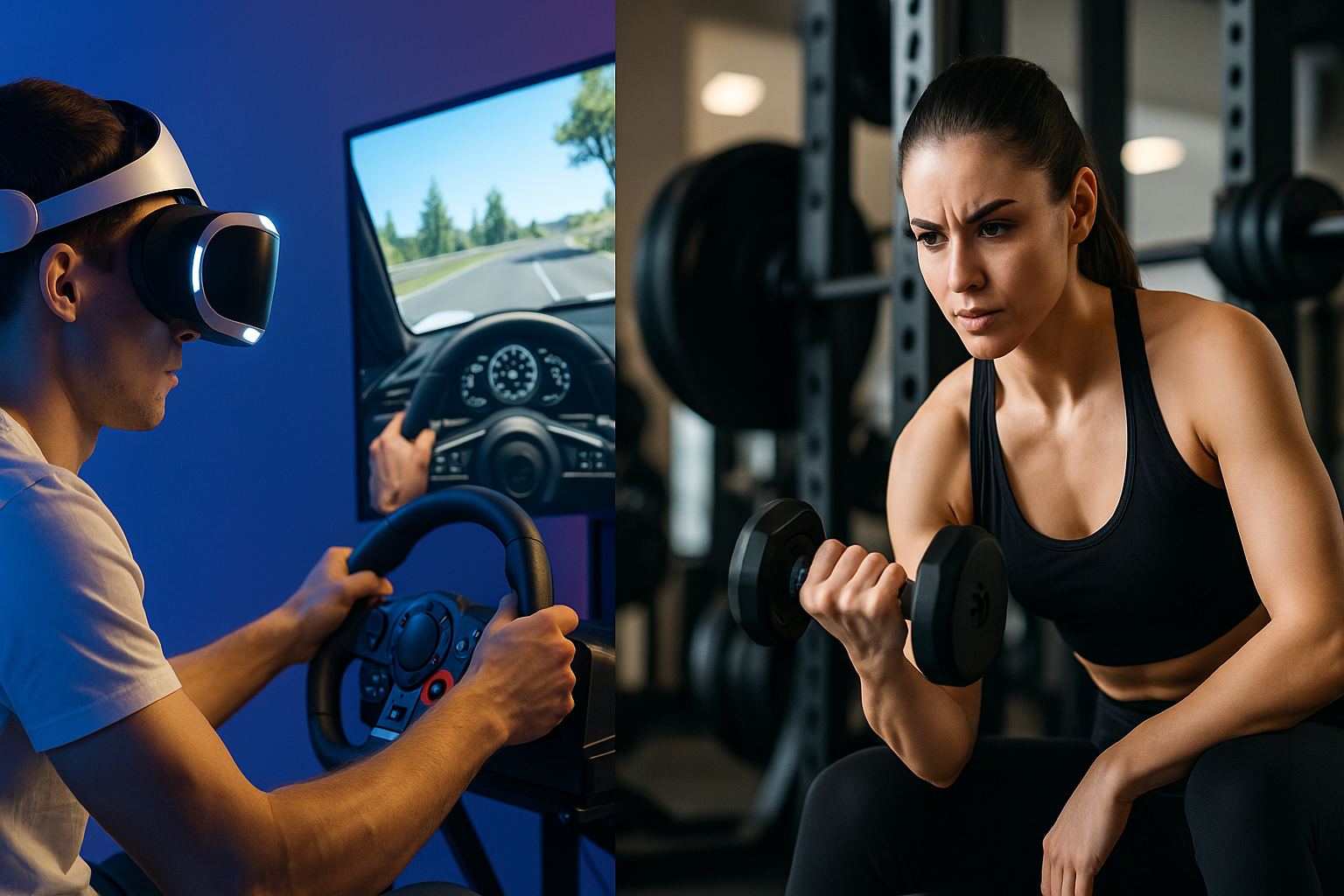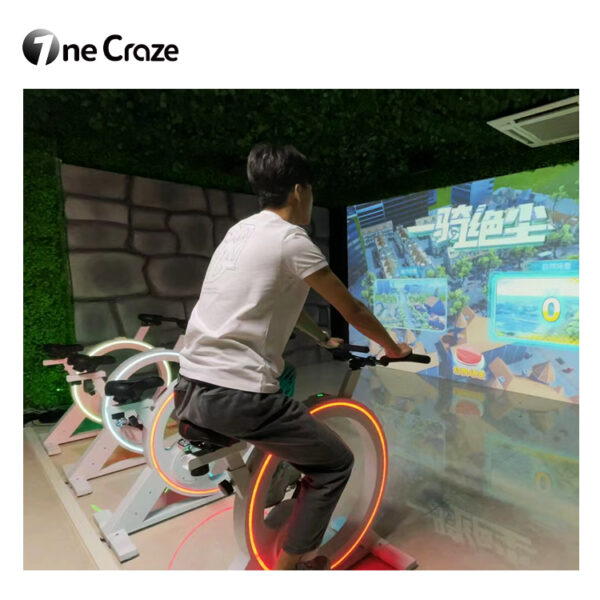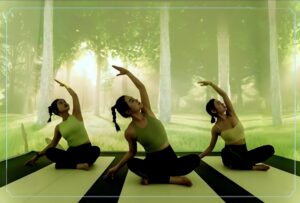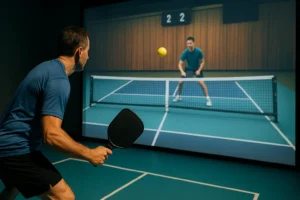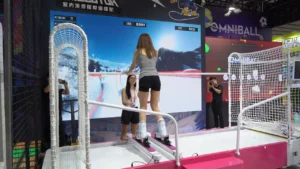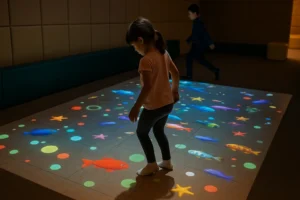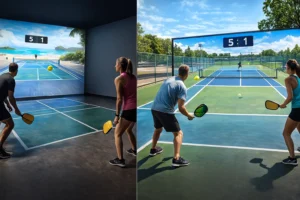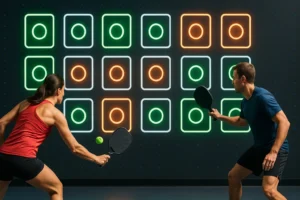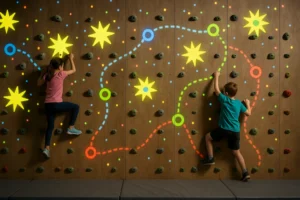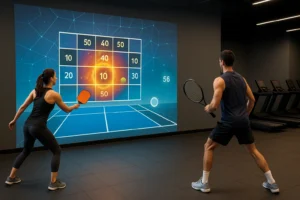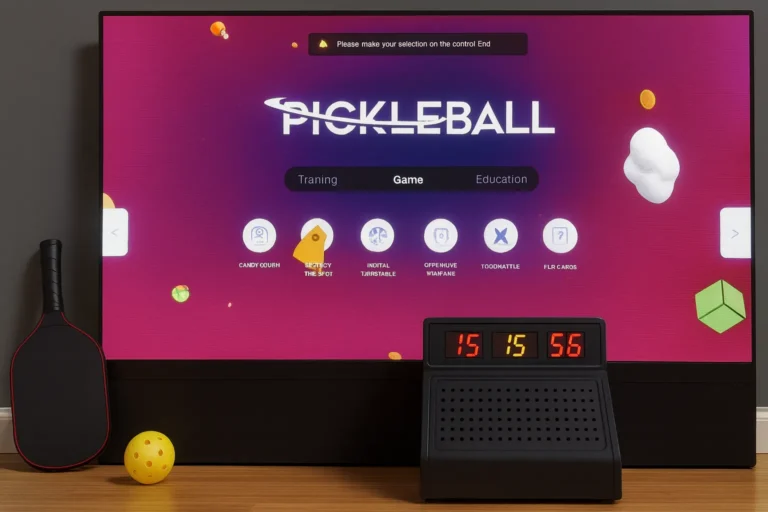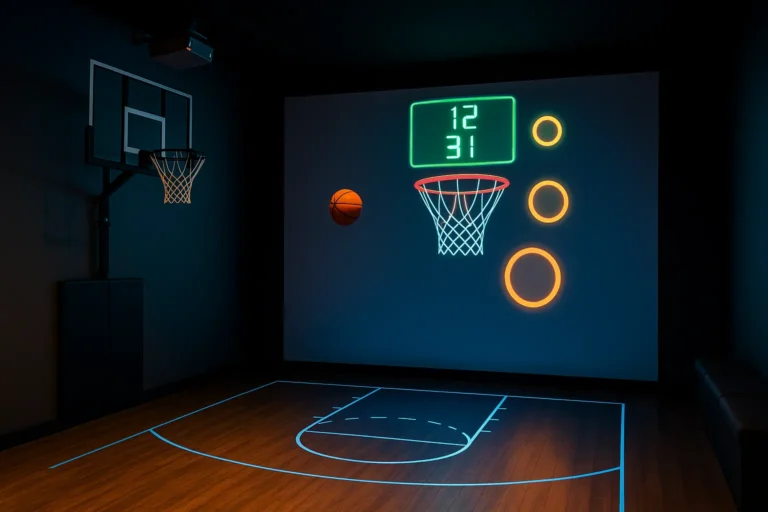Digital Motion Simulator Venues vs Traditional Fitness: A Quick Overview
Traditional fitness methods include strength training, cardio routines, yoga, and sports. These approaches have stood the test of time for a reason—they work.
On the flip side, motion simulator venues use cutting-edge software and hardware to replicate real-life movement experiences. Think racing games, skiing simulations, dance challenges, or flight-based training, where your body controls the gameplay. These systems are built by leading manufacturers and often installed in premium fitness centers, gaming hubs, or entertainment venues.
Some companies, like onecraze, offer custom simulation experiences that fuse entertainment with performance training. At onecrazemedia.com, we explore the crossover between digital systems and real-world wellness.
Pros and Cons: Motion Simulators vs Traditional Fitness Methods
| Feature | Motion Simulator Venues | Traditional Fitness Methods |
|---|---|---|
| Engagement | 🎮 Highly interactive, immersive game environments | 🏋️♂️ Can feel repetitive without variation |
| Technology | 🧠 Uses latest systems, sensors, and software | 💪 Minimal tech needed, relies on physical routines |
| Physical Benefits | 🔄 Combines movement with reflex and coordination training | ✅ Strength, endurance, flexibility |
| Mental Stimulation | 🧩 Cognitive and reflex challenges in a game-like system | 🧘♂️ Stress reduction, discipline building |
| Price | 💰 Higher startup and maintenance costs | 💸 Gym memberships or one-time gear purchases |
| Accessibility | 🛍️ Available at select venues or to buy for home use | 🏠 Widely accessible, minimal equipment needed |
| Fun Factor | 🔥 Feels like playing a game, not exercising | 🤷 Depends on personal motivation |
| Best For | 🎯 Tech-savvy users, gamers, fitness novices | 🧗♀️ Athletes, traditionalists, disciplined users |
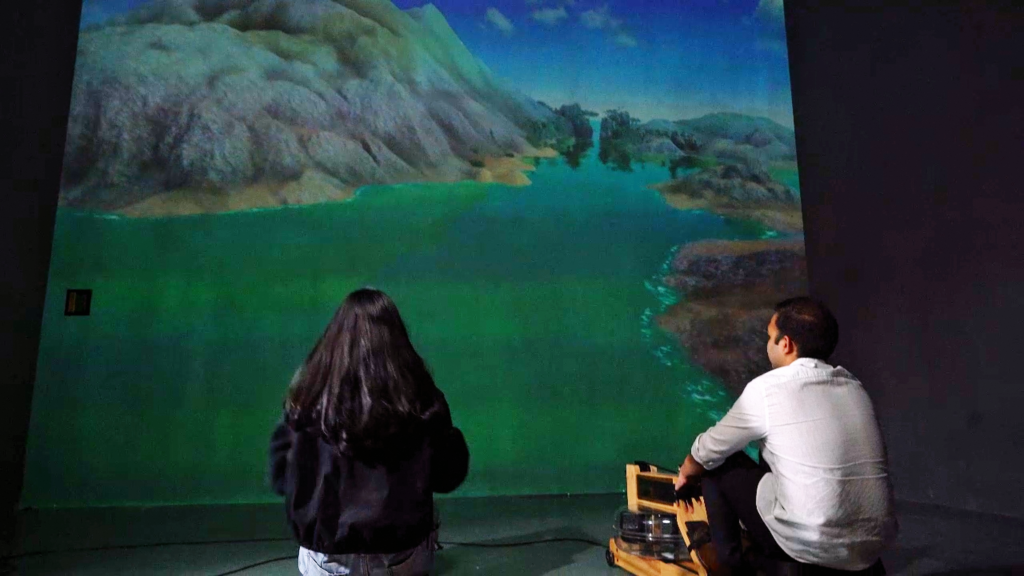
Where Each Option Works Best in Real Life
Let’s map out the ideal scenarios for each method.
💡 When to Choose Motion Simulator Venues:
- Corporate team-building events: Fun, competitive, and memorable.
- High-tech fitness clubs: Offer a futuristic edge that attracts younger members.
- At-home entertainment rooms: You can order systems from a trusted maker like onecraze.
- Rehabilitation centers: Customized software can improve range of motion safely.
- Retail stores or arcades: Increase foot traffic by installing the hottest motion simulator attractions.
🧘 When Traditional Fitness Still Wins:
- Daily strength and cardio goals: Nothing beats consistency and bodyweight training.
- Professional athletic training: Precise muscle targeting and progression plans.
- Budget constraints: No need to buy pricey equipment or software licenses.
- Outdoor enthusiasts: Hiking, biking, swimming remain top-tier exercises.
Common Questions About Motion Simulator Venues and Fitness
Q1: Are motion simulator venues effective for weight loss?
Yes—especially for those who need motivation. These venues combine fun with intense movement. Depending on the game and system, users can burn hundreds of calories per session. The latest software tracks progress, offering feedback similar to fitness apps.
Q2: Can I buy a motion simulator system for my home?
Absolutely. Many manufacturers and suppliers offer compact models for personal use. You can even customize your setup by ordering directly from a company like onecraze via onecrazemedia.com.
Q3: How do motion simulators compare in price to gym memberships?
High-end motion simulator systems can cost more upfront, but over time, they can replace gym visits and entertainment expenses. Prices vary based on system complexity, software, and the maker. Always compare features before you order.
A fitness simulator uses real motion tracking hardware and resistance systems to match body movement, while VR is more visual and often less physical.
Yes. Many suppliers make child-friendly versions that encourage activity through safe and playful design.
Brands like onecraze, iFit, Black Box VR, and Peloton are among the leading innovators.

